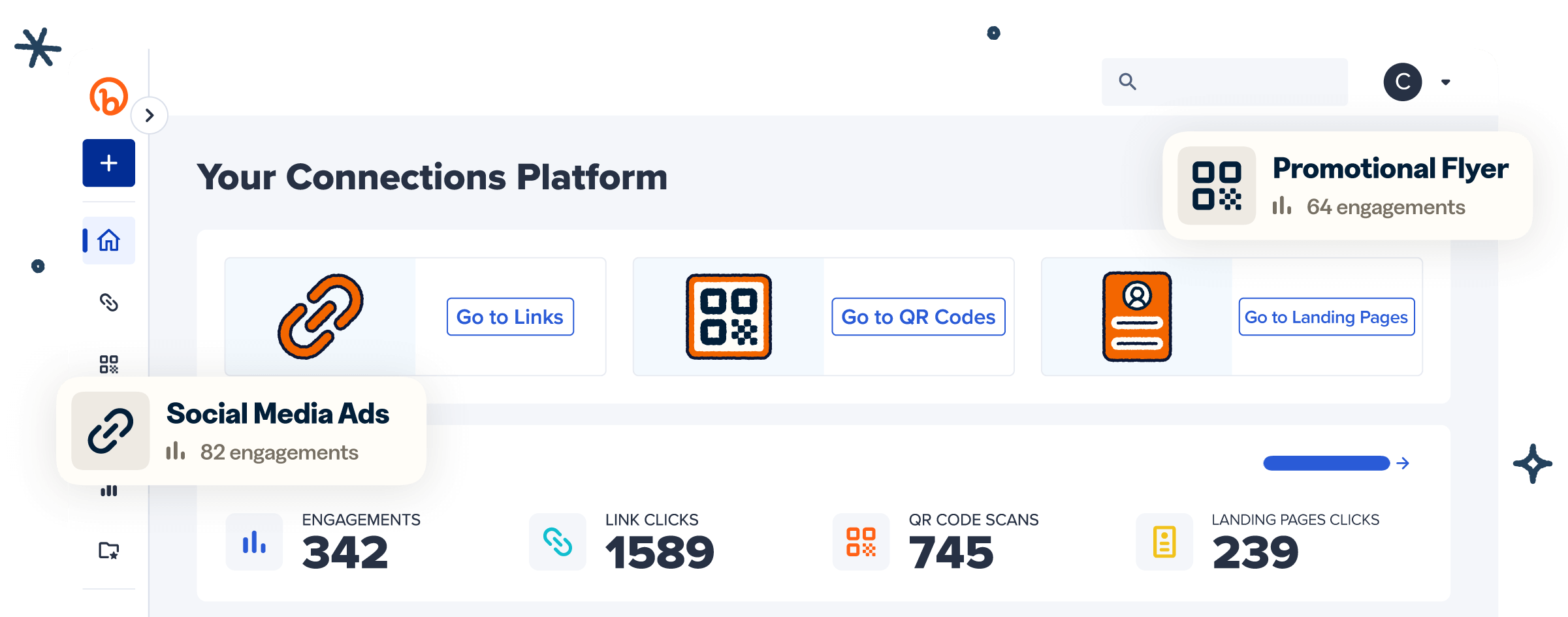VIDEO HUB
Top 10 Recommended Bitly Features from Power Users Webinar Recap

Build campaigns with links, QR Codes, and landing pages using Bitly.
Learn how to grow signups with engaging short links.
Engage shoppers with QR Codes for in-store rewards and content.
Revolutionize garment care with QR Codes for easy instructions and more.
Revolutionize room service with QR Codes for seamless guest experiences.
Find out how to use Bitly for digital marketing, no matter the type of digital campaigns you run.
Engage customers with meaningful marketing strategies.
Boost loyalty with personalized QR Code rewards.
Discover top tools for digital marketing success.
Revolutionize retail with QR Codes for better engagement.
VIDEO HUB

Knowing how your clicks and scans are performing should be as easy as making them. Track, analyze, and optimize all your connections in one place.
